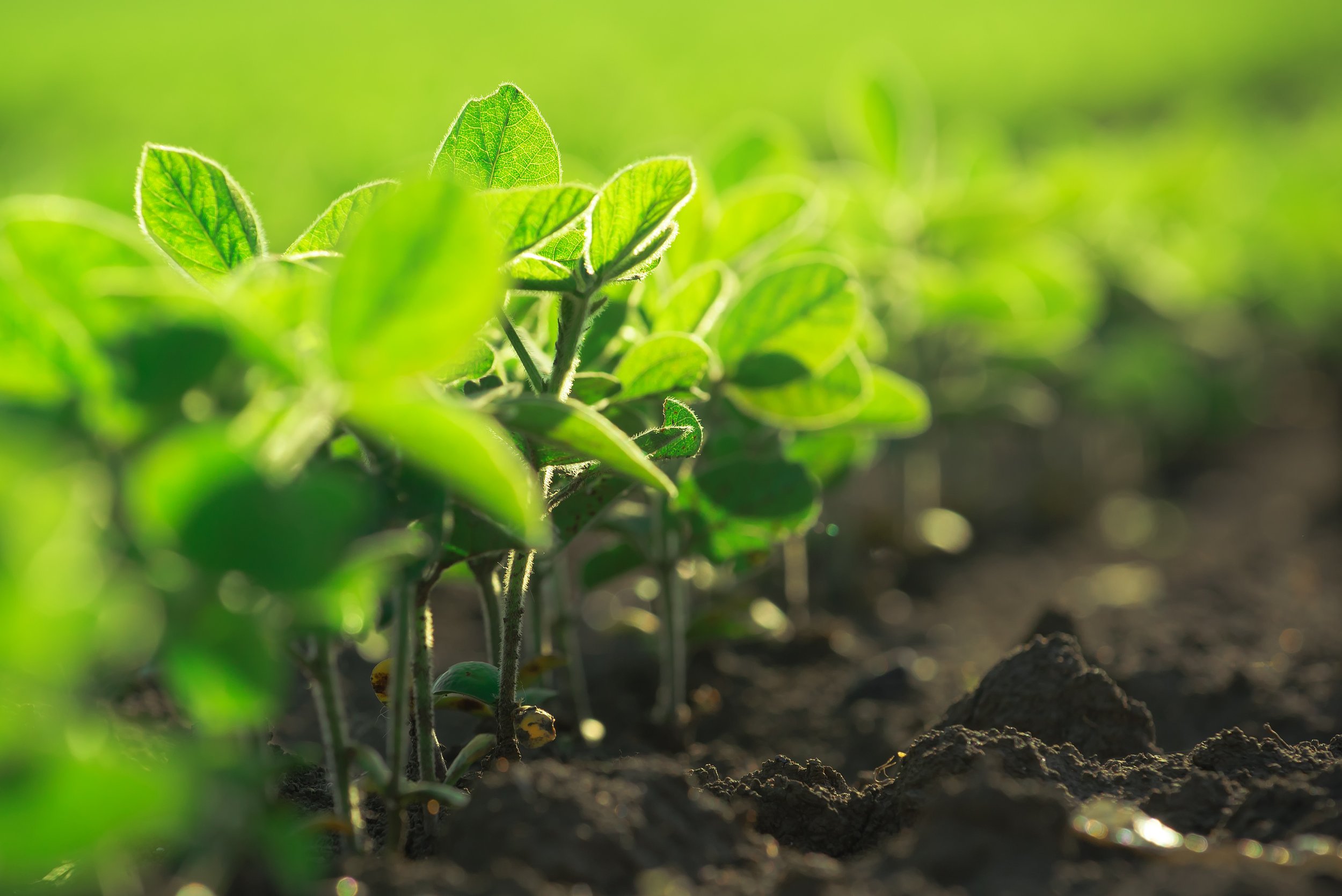Artificial intelligence to generate rural-product bonds (CPRS)
Artificial Intelligence to generate Green CPRs for restoration and sustainable soy production in the Cerrado in São Paulo
With end-to-end solutions in payments for environmental services (PES), Sintrópica Capital Natural structures sustainable rural-credit chains and enables resources for farmers and rural cooperatives to invest in sustainable management actions, conservation, and restoration of farms, generating income and benefits in ecosystem services. Sintrópica's proposal is to use spatial intelligence to identify areas with low suitability for agriculture and a high potential for restoration on soy farms that need to be brought in line with the Forest Code in the Cerrado biome, in the state of São Paulo.
With this service, the startup intends to generate soil quality indicators remotely to monitor the environmental results of best agricultural practices. With financial support from the Startup Finance Facility and technical-scientific support from the Sustainable Soy in the Cerrado Program, Sintrópica intends to improve methodologies for analyzing the data from multispectral analyses both in areas with native species and on productive farmland, to build a library for classifying the region's phytophysiognomies.
CPQD's support will ensure the technology needed to develop the geoportal for registry data and environmental monitoring, a major component of Sintrópica's project. "We will be able to test our MVP with improvements to the geoportal, boosting the value of farmers who adopt sustainable practices on their land," says Fernando Sousa, Sintropica's founder.
By developing the tool, Sintrópica will be the first in Brazil to provide a green bond solution based on multispectral, high-precision information. The technology reduces operation costs and facilitates the issuance of Green CPRs, besides generating more accurate data on priority areas for restoration.
The solution also puts farmers in closer touch with the implementers of ecological restoration initiatives, by disclosing and sharing the areas that can be restored in a database at the São Paulo Department of the Environment's Springs Project.




